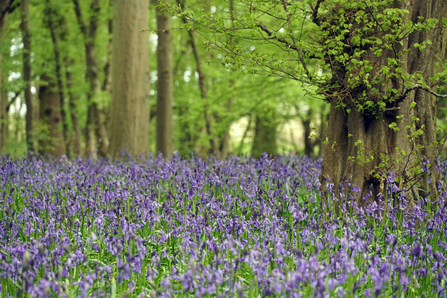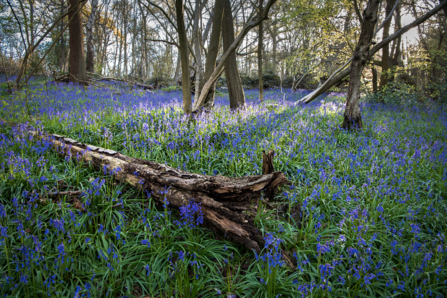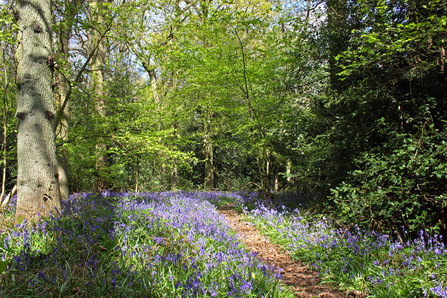There’s nothing quite like the sight of a blue carpet of Bluebells covering our woodland floors in springtime. Over half of the world’s Bluebells grow in the UK and here, in Hertfordshire and Middlesex, we are fortunate to have some magnificent nature reserves where these bell-shaped flowers thrive, providing a showstopper of a wildflower spectacle.
Our Reserves Team have chosen their Top 5 Nature Reserves across the region to behold the beauty of Bluebells but also ask us to respect and protect them for future generations of wildlife and people. Whilst Bluebells may be a relatively common sight at this time of year, the species does face threats from climate change, pollution, loss of woodland habitats, and the invasion of the introduced Spanish Bluebell. Let's do all we can to enjoy to protect them.
A quick mention for our woodland conservation work...
We are currently part of the Big Give Green Match Fund to raise money to protect irreplaceable ancient woodlands and the wonderful species, like Bluebells, they support. Any donation to the Big Give between 20 - 27 April will be doubled at no extra cost to you. If you'd like to support our appeal and find out more, visit The Big Give Green Match Fund - thank you. Now onto our Top 5....




